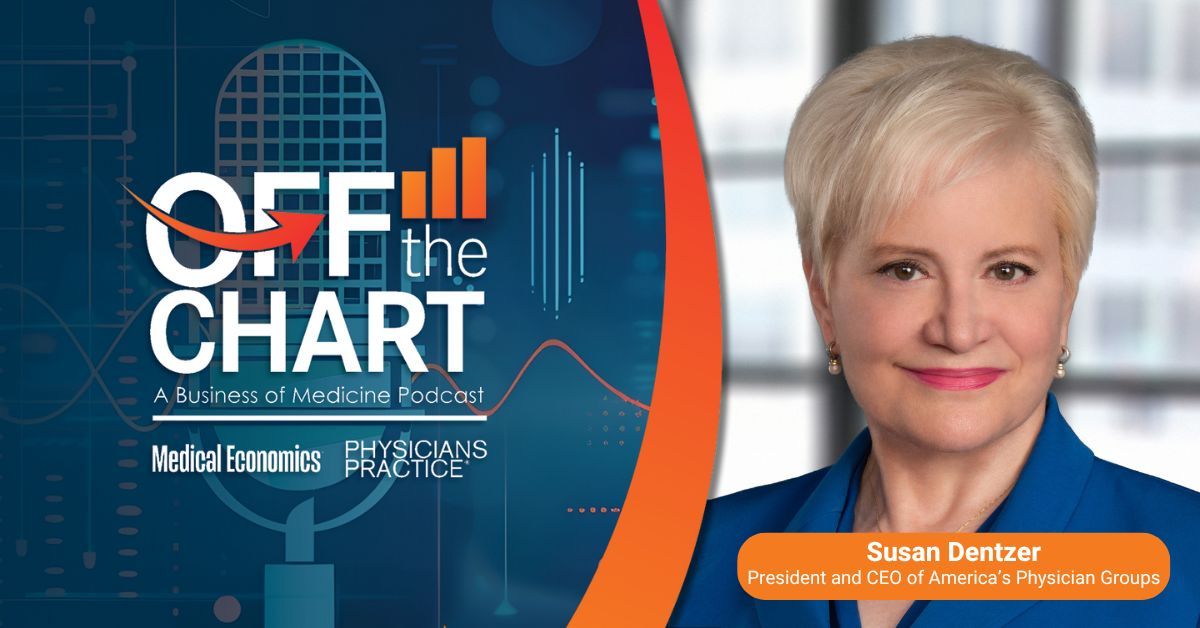Blog
Article
Why health care disruptors fail and what primary care physicians can learn
Author(s):
Key Takeaways
- Disruptors struggle with healthcare's price inelasticity, workforce shortages, and complex payment systems, hindering their success.
- Successful disruptors combine consumer orientation with innovative care models, focusing on specific population needs.
Are retail giants still a threat to the primary care practice?
Eric Mayeda: ©Chartis

As retail and tech giants continue to expand into health care, one question on everyone’s minds is this: Why do some of these behemoths—often referred to as health care “disruptors”—fail while others succeed? And for independent primary care physicians, the question goes deeper. Of those that succeed, do any pose a threat to financial sustainability to primary care in the next 3-5 years?
These are valid questions as the number and type of companies disrupting health care continues to grow, even as physicians battle significant financial hardships.
Why some disruptors fail
Companies disrupting health care don’t succeed for several key reasons:
- Core strengths of disruptors don’t entirely translate well to health care. For example, consider purchasing power (i.e., the ability to provide lower prices by virtue of scale). While critical in health care disruptors’ core businesses, purchasing power has little effect in health care. Seeing more patients doesn’t equate to lower health care prices because insurers and the government have control.
Two additional strengths that don’t translate well into health care are supply chain and logistics. While location is less relevant for virtual care, primary care and specialized care remain very localized.
Similarly, pricing power is a strength in non-health care industries, but it has minimal impact in health care. Disruptive health care companies cannot change their health care prices based on market dynamics. When nursing labor costs skyrocketed, for example, new entrants couldn’t simply charge patients more. Price inelasticity is a significant barrier for disruptors that have the luxury of changing prices daily in their core businesses based on supply chain and cost structure. - Disruptors are not immune to the health care workforce challenges impacting the broader industry. These shortages—anticipated to be 100,000 workers by 2028—create barriers to patient access, drive up regional wage rates, and drive operational challenges, just as they do for traditional providers.
- The health care payment value chain is more complex than other industries. In non-healthcare industries, an economic transaction between customer and seller occurs at the time of purchase. But in health care, that transaction is retrospective and requires action by various intermediaries (e.g., clearinghouses, insurance companies, and the government). Apart from copayments and deductibles, consumers aren’t usually paying directly for health care services. This makes for complicated and less predictable economic models to which disruptors are not accustomed.
- The health care industry is risk-averse and slower to evolve. Health care disruptors are heavily investing in their core businesses, with the goal of catalyzing rapid change and reaping outsized returns. However, health care as an industry is, by comparison, more risk-averse and slow to evolve. Some of this is due to the inherent complexities of the U.S. health care system. However, other parts are intentional and highly appropriate, given potentially catastrophic outcomes of failures in medicine.
With these challenges and barriers, it’s difficult to imagine how any disruptor could succeed.
Similar to traditional providers, though, disruptive health care companies learn from their mistakes and pivot. These disruptors are among some of the largest employers in the country, and employee health care costs are among their largest expenditures. These expenses are expected to increase 9% in 2025. It’s not surprising that these organizations want to rein in health care costs and improve health care access and quality. If there’s a better, more efficient way to deliver health care, they have the incentive to figure it out.
An opportunity for primary care physicians
To understand the impact of disruption on primary care, we must first identify the most important common trait of successful disruptors in the primary care space: the ability to combine a consumer orientation with an innovative care delivery model that focuses on the needs of specific subsets of the population.
In the short term, these disruptors do not pose a significant threat to traditional primary care physicians, whose patients are far more heterogeneous. However, as the industry continues to evolve, we’ll likely see an integrated ecosystem of traditional providers and disruptors striving to fulfill consumers’ needs.
To best adapt, here are three steps primary care physicians can take now to prepare for continued health care disruption:
- Develop a consumer-friendly orientation. Become a consumer-centric medical practice that prioritizes the patient experience. When possible, leverage retail best practices such as extended office hours, self-scheduling, and digital tools. This will help physicians align with disruptors and bridge the competitive divide.
- Focus on longitudinal care. One of the most valuable aspects of primary care is the relationship physicians develop with their patients over time. Capitalizing on this strength helps primary care physicians contribute effectively to the new and emerging health care ecosystem while defending against more transactional, convenience-focused models put forth by many disruptors.
- Explore value-based contracts. Independent primary care practices that remain focused on fee for service should assess the potential financial impact of participating in value-based contracts for some or all patient populations they serve. A growing number of government and commercial payers are increasingly shifted toward risk-based arrangements. Participation in a well-performing accountable care organization, for example, can help physicians drive new income streams during times of health care disruption. Practices must also assess the maturity of their in-house capabilities to effectively manage care under risk-based contracts and potentially seek outside partners/vendors to fill competency gaps.
Health care disruption will continue, and physicians must be willing to adapt. Too much is at stake to remain stagnant: this is a $5.3 trillion industry ripe for innovation. Physicians have an opportunity to think about the role they want to play in the new health care ecosystem. Medical practices that embrace this opportunity will be the most successful in the long run.
Eric Mayeda is the Managing Partner and Leader, Strategic Transformation, at Chartis, which works with more than 900 clients annually to develop and activate transformative strategies, operating models, and organizational enterprises that make US health care more affordable, accessible, safe, and human. Chartis helps providers, payers, technology innovators, retail companies, and investors create and embrace solutions that tangibly and materially reshape health care for the better. Learn more at www.chartis.com.
Newsletter
Stay informed and empowered with Medical Economics enewsletter, delivering expert insights, financial strategies, practice management tips and technology trends — tailored for today’s physicians.





